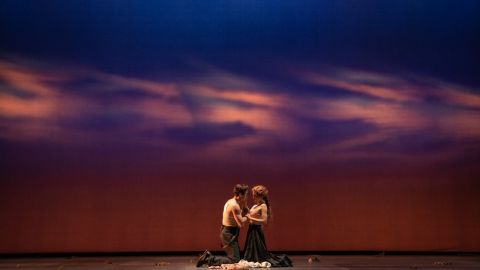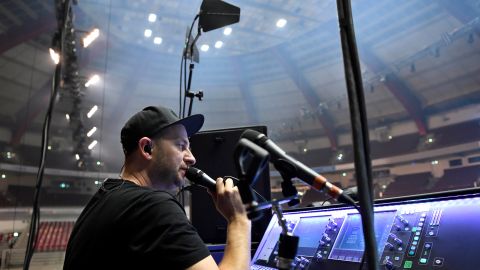Projection for Small Budget Theatres

Projection is becoming an almost mandatory component of any theatrical production. As set and lighting designers are looking for more complex pallets to work from, the opportunities video presents are too great to ignore. Projection in theatre does not have to be only the domain of professional or big budget, semi professional theatre. There are some basic concepts of good theatrical projection that mean you can achieve great results without access to expensive media servers and superbright projectors.
Content is King
The key to great projection is great content. You can have the fanciest toys but the content must be right for your projection to work. Get your set to designer to draw the images, take the effort to shoot your own video pieces. There are free 3d animation software packages out there. Don’t allow the content to become just something you found on the web that’s almost right.
Projectors are just fancy lights
When designing your production remember that the projector is just another light source. The impact it will have is effected by all the other lights sources, so the projection and lighting designers must work closely together. If the projector is not very bright, then the lighting designer should allow for that in the lighting design to ensure there is no spill onto the projection surface. In fact in nearly all professional shows the projection content is controlled by the lighting console so that it can all work together smoothly.
Lots of surfaces can be projected upon
You don’t only have to project on to white surfaces. We’ve all seen videos of building projections. You can project onto anything; we often project onto black smothers! I recommend doing some testing before the theatre; you will be amazed at what will work.
‘Map’ your projection
One of the keys to good theatre projection is it doesn’t look like video. If you are projecting clouds, make sure they don’t land on the set. Put black boxes in your image to mask objects you don’t want images on. The software you are using will define how fiddly this is, but it turns ordinary images and projection into stunning results.
Projectors Don’t Do Black
Even when projecting a black image, your projector is still emitting light (we call this the projector raster). You need to be able to control this light. If you plan to have a projector in a show make sure you have a method of shuttering or blocking the light when you don’t want it. This can be as simple as someone placing a piece of cardboard in front of the lens (maybe an elaborate string and pulley system); we used to all make shutters out of old CD Drives (search the web) or you can rent DMX controlled shutters. More modern projectors often have built in shutters, which can be controlled by various bits of software or the remote.
Use Playback Software
Seeing a windows page, or the play button from your DVD player is inexcusable. There is a lot of software for playing images and video clips in presentations out there. Use one of them. Powerpoint and Keynote are obvious examples. If you have access to a mac then look at QLab. It is cheap and rentable for the duration of a production.
By David McKinnon
General Manager at CVP Events Film and Television
Image: Live character Projection Melbourne Gang Show 2011 – The Game





